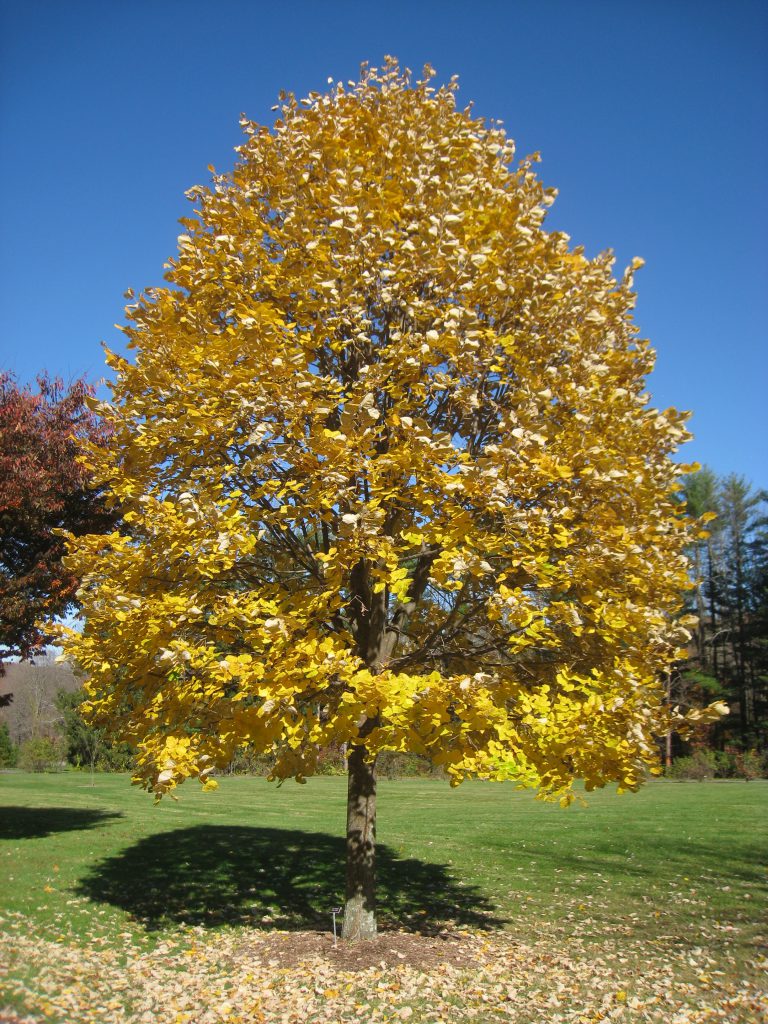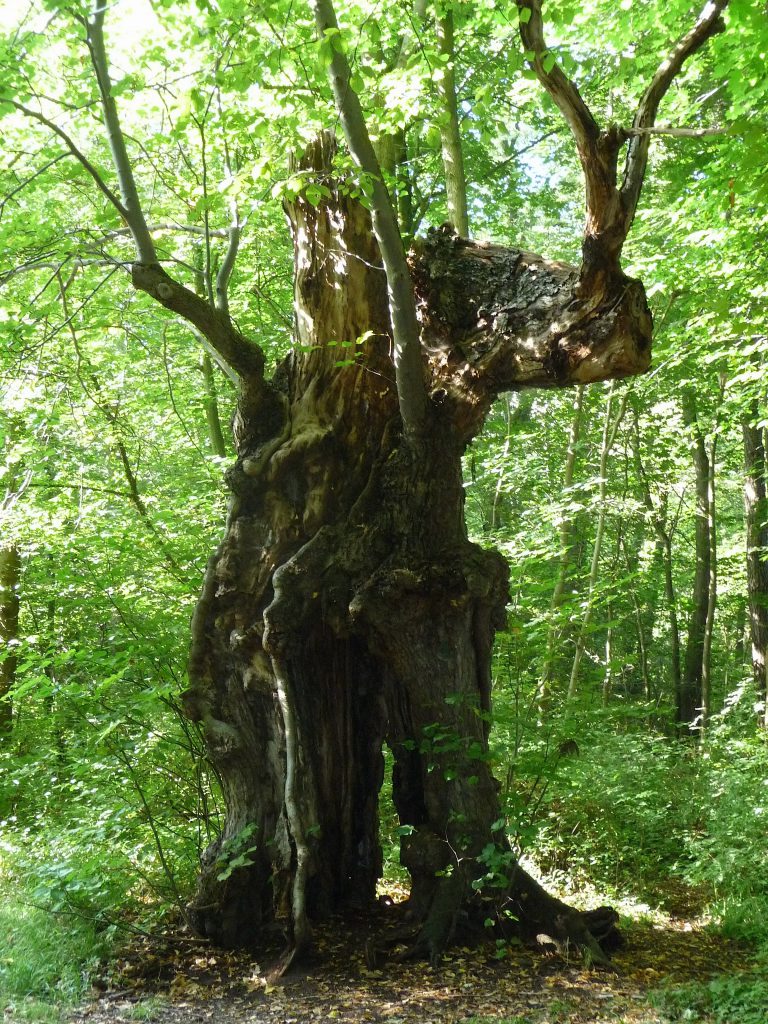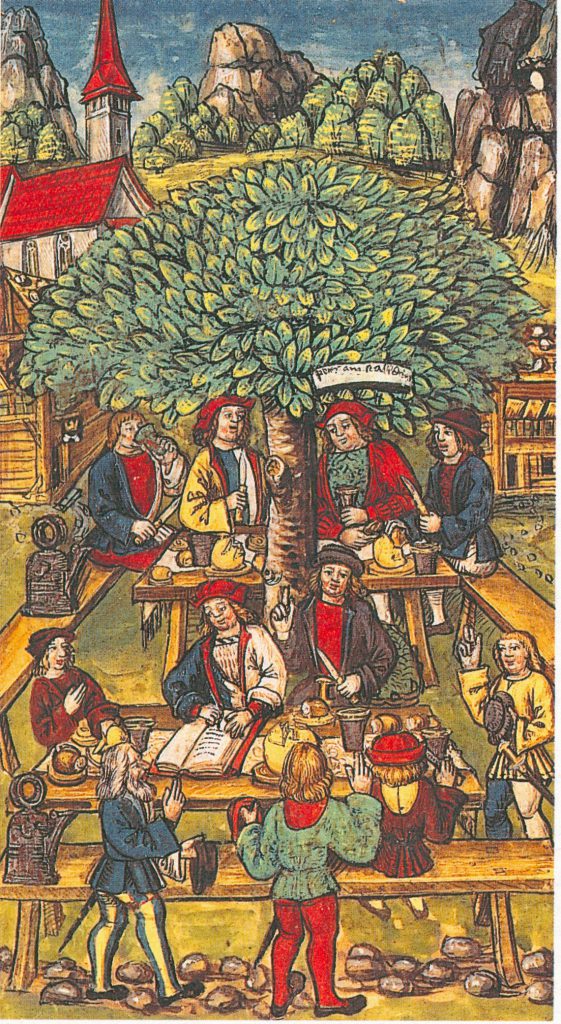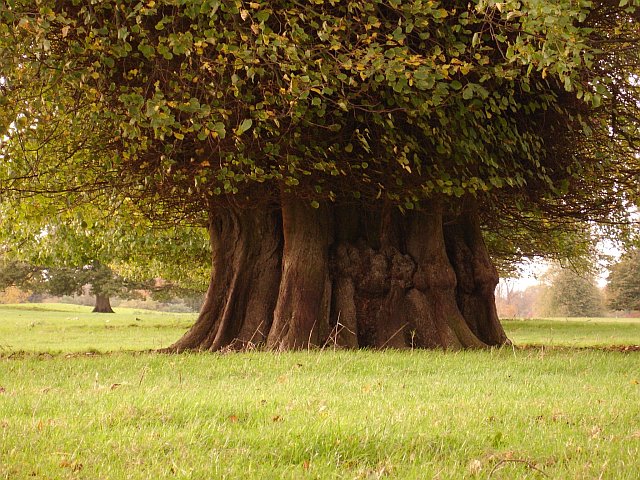 Between June and August, the various types of linden blossom in Berlin and put the city in euphoria or at least in a state of diminished displeasure. Winter lime trees (Tilia cordata), large-leaved linden trees (Tilia platyphyllos) and Dutch linden trees (Tilia × europaea) grow in Berlin.
Between June and August, the various types of linden blossom in Berlin and put the city in euphoria or at least in a state of diminished displeasure. Winter lime trees (Tilia cordata), large-leaved linden trees (Tilia platyphyllos) and Dutch linden trees (Tilia × europaea) grow in Berlin.

However, southern European silver lime trees (Tilia tomentosa) are planted on the boulevard “Unter den Linden”. 35% of Berlin’s street trees are linden trees. There are 10,000 each in the districts of Berlin-Mitte and Neukölln, and 18,000 each in Pankow and Charlottenburg-Wilmersdorf. Together they change the mood and receptivity of the people in the city for a few weeks of the year with a concentrated load of fragrance molecules.

The genus of linden trees (Tilia) belongs to the mallow family (Malvaceae). Linden species and age determination are, it seems, very difficult. About 20 to 45 species of linden are believed to grow, mainly in the temperate and subtropical zones of the northern hemisphere. The trunk of the linden tree is very vigorous; the old tree takes root from the inside, which will produce a new leaf crown when it dies.

“It comes 300 years, it stands 300 years, it passes 300 years,” says the vernacular. In fact, linden trees can live to be over 1000 years old. Two thirds of Europe’s old linden trees are in Germany. Several famous individuals are among them, such as the Schenglensfeld giant linden tree in Hesse, the dance linden tree by Effeltrich in Upper Franconia, the court linden tree by Collm, the Kunigunnen linden tree near Kasberg, the 1200 year old linden tree by Staffelstein in Bavaria and many others.

In northwestern Germany, there are many former medieval court places called “Thie-Linden” or “Blutlinden”, under whose arms the females’ court found and executed its judgments twice a year (Thie places for the lower jurisdiction, e.g. in the event of theft, fraud and other crimes of rather locally limited relevance and thing places for judgments of regional charisma and in the case of capital crimes). The linden tree as a historical symbol of jurisprudence was also decisively promoted by the Anglo-Saxon Bishop Bonifatius and by Charlemagne, who deprived the pagan-Germanic oaks of ostentatious tree felling and replaced them by christianly consecrated linden trees.

Under other historical circumstances, even after the fem courts had lost their importance in the 15th century, the Femstätten surrounded by 7 linden trees remained places of social life. Meetings and deliberations took place in the cooling shade and in the bewitching scent of the broad, expansive leaf roofs, public announcements were read out and, of course, wild celebrations were celebrated, sometimes even danced on planks drawn into the tree on several levels.
“Festivities and public holidays in the country, church consecrations and fairs, with the serious gathering of the elders under the village linden tree, replaced by the violent lust for dance of the disciples, and probably even the participation of educated classes.” (Goethe, poetry and truth)
The legal phrase “Judicum sub tilia” also remained relevant for a long time. For example, Elector August of Saxony signed his decrees in the 16th century with the decree formula: “Given under the linden tree”. The last public execution by the sword in northern Germany was carried out on January 20, 1859 at the Göttingen court linden tree. The maid had poisoned the baker Siebert, who had promised her marriage. As a deterrent, all servants from Göttingen and the surrounding area had to attend the execution. And in 1870 an official court under trees was held in the Harz; it was the last documented for Germany.


 Deutsch
Deutsch